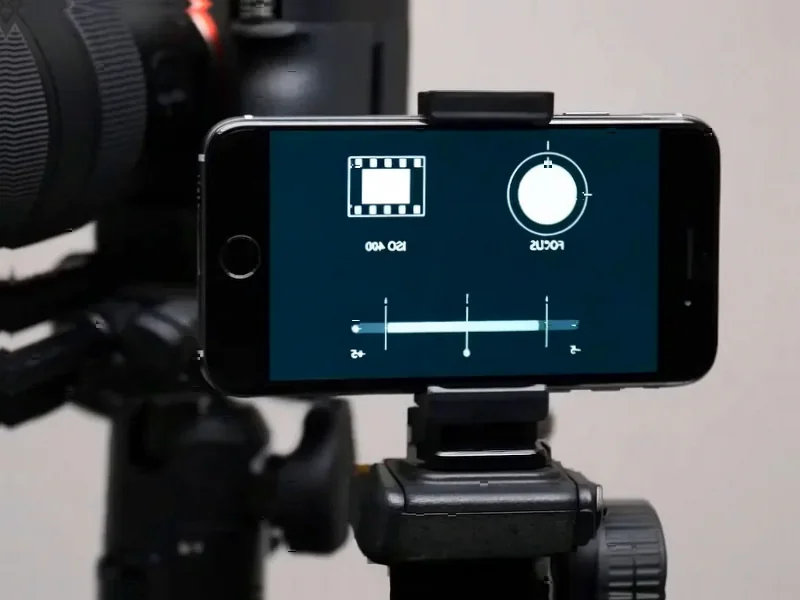According to MacRumors, Apple today released iOS 26.1, the first major update to the iOS 26 operating system that launched in September. The update arrives over a month after iOS 26’s initial release and remains compatible with iPhone 11 series and later devices, plus the second-generation iPhone SE. Key features include a Liquid Glass opacity toggle for reduced translucency, a new swipe requirement to turn off alarms and timers, and the long-requested ability to disable the Lock Screen Camera swipe gesture. Apple Intelligence and AirPods Live Translation also expanded to additional languages, with smaller tweaks across Settings, Music, TV, Phone, Fitness, Photos, and Safari. This refinement-focused update suggests Apple is entering a new phase of platform maturity.
The Signals of Platform Maturity
What we’re witnessing with iOS 26.1 represents a fundamental shift in Apple’s software strategy. After years of revolutionary features that fundamentally changed how we interact with our phones, Apple is now prioritizing refinement and polish. The Liquid Glass opacity toggle and Lock Screen Camera disable option aren’t flashy new capabilities—they’re responses to user feedback about existing features. This pattern mirrors what we’ve seen in other mature platforms like macOS, where incremental quality-of-life improvements gradually replace groundbreaking new functionality.
The timing is significant. With iPhone sales plateauing and upgrade cycles lengthening, Apple needs to demonstrate continued value to its existing user base. These subtle refinements serve that purpose perfectly—they make the device feel more personalized and responsive to individual preferences without requiring hardware upgrades. The fact that these features remain available on four-year-old hardware (iPhone 11) further reinforces Apple’s commitment to its installed base rather than just chasing new customers.
The Quiet Accessibility Revolution
Beneath the surface of these seemingly minor updates lies a sophisticated accessibility strategy. The Liquid Glass opacity adjustment represents Apple’s continued commitment to making technology usable for everyone, including those with visual sensitivities or specific preferences. Similarly, the swipe-to-stop alarm feature addresses a common frustration point that disproportionately affects users with motor control challenges or those who wake up disoriented.
This approach reflects Apple’s understanding that true innovation isn’t always about adding new capabilities—sometimes it’s about making existing features work better for more people. As Apple’s accessibility initiatives continue to evolve, we’re likely to see more of these subtle but meaningful adjustments that make the iPhone experience more inclusive without drawing attention to the accommodations themselves.
The Global Intelligence Play
The expansion of Apple Intelligence and AirPods Live Translation to additional languages reveals Apple’s broader strategic ambition. While these updates might seem like routine localization, they represent critical infrastructure for Apple’s global AI ambitions. Each new language added to Apple Intelligence creates more training data and user feedback that strengthens the overall system. This gradual, methodical expansion contrasts sharply with competitors who often launch with limited language support then play catch-up.
Looking ahead, this suggests Apple is building toward a truly global AI ecosystem rather than an English-first approach. The implications for international markets are significant—as Apple Intelligence becomes available in more languages, it creates additional lock-in effects and competitive moats that will be difficult for regional competitors to overcome. This methodical language expansion, combined with the privacy-focused approach Apple has championed, could become their key differentiator in markets where data sovereignty concerns are growing.
What Comes Next: The Refinement Era
The pattern established by iOS 26.1 suggests we’re entering an era where software updates will focus increasingly on customization and personalization. Future iOS versions will likely offer more granular control over existing features rather than introducing completely new paradigms. We can expect more toggles, more customization options, and more ways to tailor the iPhone experience to individual preferences.
This doesn’t mean innovation has stopped—it means innovation is shifting from “what can the phone do” to “how perfectly can the phone adapt to me.” The ultimate expression of this trend would be an AI-driven interface that automatically adjusts based on usage patterns, accessibility needs, and personal preferences. iOS 26.1’s subtle refinements are the foundation for that more adaptive, personalized future where your phone doesn’t just work—it works exactly how you need it to.




